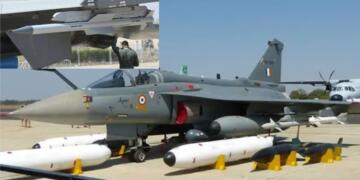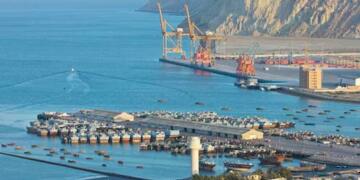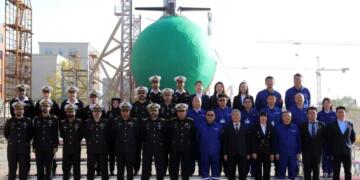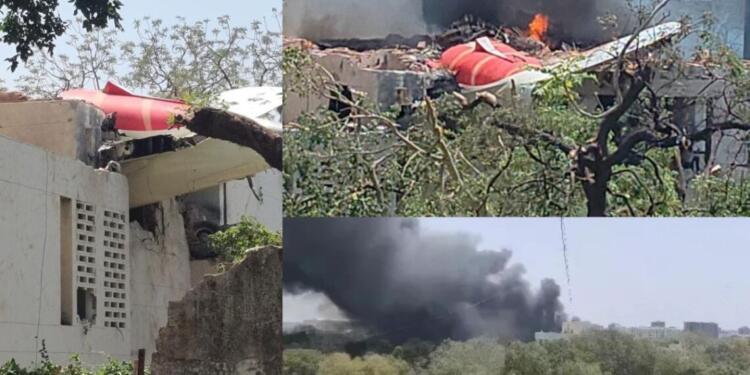In a chilling first for Indian aviation, a Boeing 787 Dreamliner considered one of the safest and most advanced aircraft in the world crashed just seconds after takeoff from Ahmedabad on June 12. Air India flight AI-171 was bound for London Gatwick, but it never made it beyond 625 feet in altitude. The aircraft nose-dived into a medical hostel building, killing several on board and raising grave concerns about aircraft maintenance, fuel safety, and backup system effectiveness.
Initial findings point toward a sudden power failure a rare and deadly malfunction that left the crew with no time or altitude to recover. Here’s a detailed breakdown of what we know so far.
What Happened in the First 30 Seconds After Take-off?
Officials involved in the investigation suspect that a complete electrical failure occurred within seconds of liftoff. The Boeing 787 reached just 625 feet before losing all power, far below the minimum required altitude to execute an emergency turnaround or activate its backup Ram Air Turbine (RAT), which supplies emergency power in such situations.
Visual footage, ATC data, and early wreckage analysis all point to a catastrophic systems failure shortly after rotation. Investigators believe the aircraft pitched up normally but failed to gain lift after an apparent loss of thrust or systems guidance.
Could the Crew Have Saved the Flight?
According to officials, early indicators suggest no cockpit error. Pilots appear to have tried gaining manual control using the Dreamliner’s reversionary systems, but with minimal altitude and no thrust, options were limited.
For perspective, emergency systems like the RAT or manual reversion require at least 3,500–4,000 feet of altitude to deploy effectively. AI-171 barely cleared 600 feet, making recovery near-impossible.
Fuel Contamination Under the Scanner
Investigators are now exploring whether fuel contamination, possibly water in the fuel, caused the power failure. Water in aviation fuel is a known threat it can remain undetected until mid-air, corrode fuel systems, or clog delivery lines.
The Dreamliner had completed international flights from Delhi to Paris and Tokyo just a day prior, raising questions about fuel handling across sectors. Chemical analysis of debris from the fuel tanks is ongoing, but extensive fire damage has hampered recovery of intact evidence.
Maintenance Records and Warning Signs
Technical logs and maintenance records from the 48 hours before the crash are being scrutinized. Officials are checking whether there were unattended anomalies, such as ECAM alerts, thrust imbalances, or sensor irregularities. The aircraft was cleared to fly after multiple long-haul journeys, and investigators are probing whether earlier engine trouble, if any, was ignored or insufficiently addressed.
Unusual crash for a Boeing 787
This is the first known crash involving a Boeing 787 Dreamliner, a highly advanced aircraft built with multiple safety redundancies. Designed to fly even on one engine and handle dual hydraulic failures, the Dreamliner is trusted worldwide.
However, experts point out that none of these safety nets are effective at such a low altitude. The aircraft simply did not have the time or space to recover once the electrical systems failed marking this as a rare and complex failure scenario that has shaken aviation circles.
Beyond the Black Box: A Wake-Up Call
The Aircraft Accident Investigation Bureau (AAIB) has recovered the black boxes (Flight Data Recorder and Cockpit Voice Recorder) and confirmed they are in secure custody. Contrary to some reports, no decision has been made yet on whether the boxes will be sent abroad for decoding.
Civil Aviation Minister Ram Mohan Naidu has assured that the investigation is progressing with full support from local and international aviation experts. For now, every angle technical, mechanical, procedural, and chemical is being examined.
This tragedy has sent shockwaves through India’s aviation sector and raised urgent questions about last-mile maintenance, pre-flight checks, and the integrity of our fuel supply chain.































